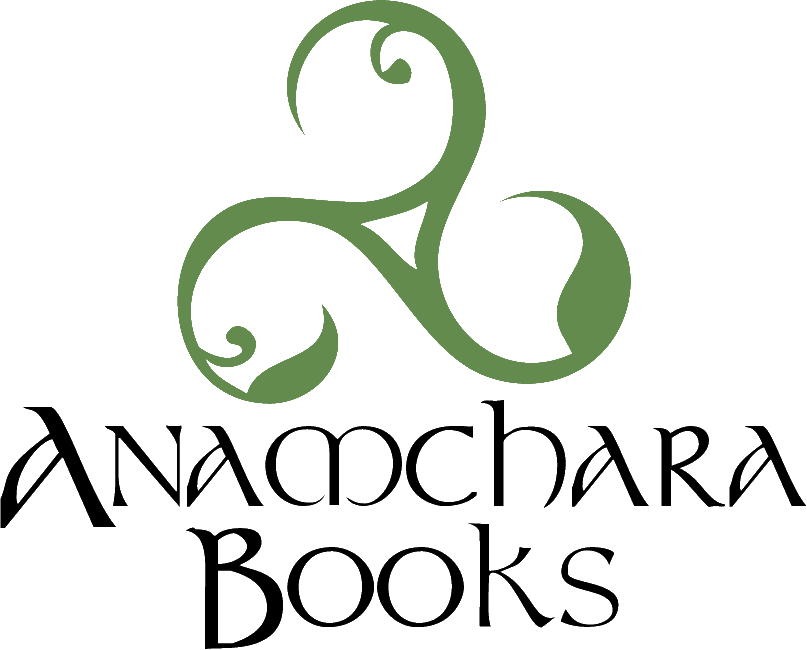Resistance in this Present Darkness by Kenneth McIntosh
/I remember reading Frank Peretti’s novel This Present Darkness in the mid-1980s. The title for that novel came from the Scripture passage cited above, “our struggle is not against enemies of blood and flesh, but against...the cosmic powers of this present darkness.” As an Amazon.com review describes it, “Nearly every page of the book describes sulfur-breathing, black-winged, slobbering demons battling with tall, handsome, angelic warriors on a level of reality that is just beyond the senses.” Looking back, the book seems maudlin; but when I first read it, Peritti’s Christian thriller provided a lens to view reality. Things happening in the world of the senses were linked with the doings of an unseen realm.
Read More
















